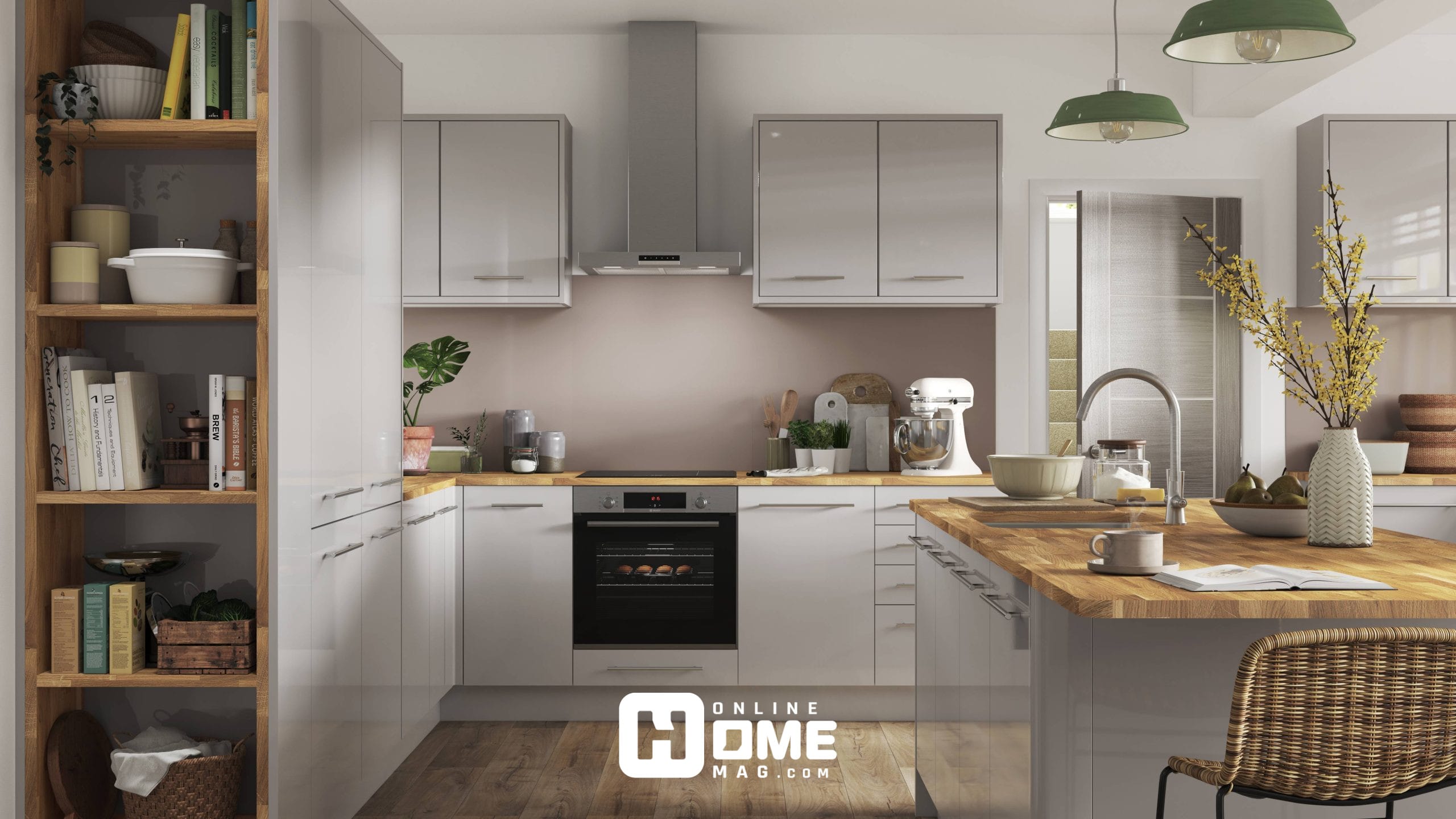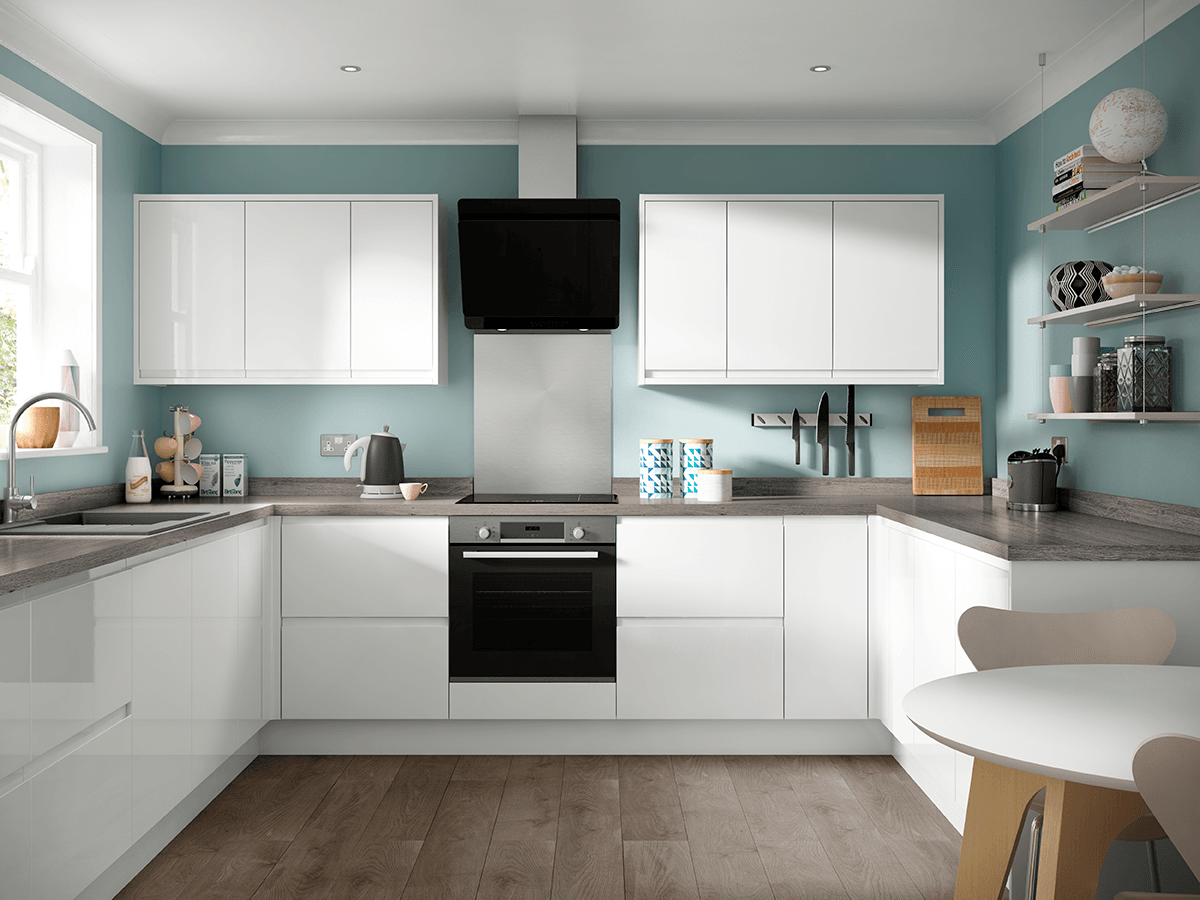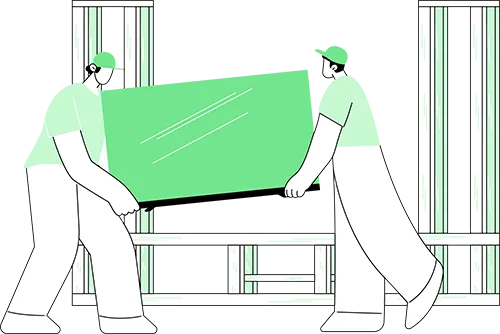🕓 Last updated: July 31, 2025
Why Is There Sticky Residue from Cabinet Bottoms?
Understanding the root cause of sticky buildup helps you choose the right cleaning method. Common causes include:
- Cooking Grease and Vapors: In kitchens, airborne grease particles from frying or sautéing settle on nearby surfaces, including the inside of your cabinets.
- Spilled Liquids or Leaky Containers: Items like honey, syrup, or oil stored in cabinets can leak and leave behind a sticky trail.
- Old Shelf Liners: Adhesive-backed liners or plastic mats can degrade over time and leave behind residue.
- Dust and Moisture: When dust mixes with humidity or spills, it creates a sticky film that hardens with time.
No matter the source, addressing sticky residue from cabinet bottoms promptly prevents permanent stains and bacterial growth.

Signs of Sticky Residue You Shouldn’t Ignore
Besides the obvious stickiness, other warning signs may include:
- Dust and crumbs that won’t brush away easily
- Discoloration or dullness of cabinet surfaces
- An unpleasant or musty odor
- Increased attraction of pests or ants
These issues indicate it’s time for a deep clean.
Supplies You’ll Need to Remove Sticky Residue from Cabinet
Before you begin cleaning, gather the following tools and ingredients:
| Cleaning Supplies | Why You Need Them |
|---|---|
| Dish soap | Cuts through grease and light residue |
| White vinegar | Natural degreaser and odor eliminator |
| Baking soda | Gentle abrasive for scrubbing tough spots |
| Rubbing alcohol or acetone | Breaks down adhesive and stubborn grime |
| Olive oil or coconut oil | Softens hardened residue without damaging wood |
| Microfiber cloths | Absorbent and non-scratching |
| Old toothbrush | Perfect for cleaning corners and crevices |
| Spray bottle (optional) | For easy vinegar application |
| Rubber gloves | Protects your hands during cleaning |
Step-by-Step Instructions to Remove Sticky Residue from Cabinet Bottoms
Opening a kitchen cabinet only to find a layer of sticky, grimy residue on the bottom shelf is a frustrating but common experience. This buildup—often caused by grease, spills, or old shelf liners—not only looks bad but can also attract dust and pests over time. Fortunately, with the right methods and a few household tools, removing sticky residue from cabinet bottoms is easier than you might think. In the sections below, we’ll walk you through the best cleaning techniques, tools you’ll need, and tips to prevent it from coming back.
Step 1: Start with Warm Soapy Water
Sometimes, the simplest method is all you need.
- Fill a bowl with warm water and a few drops of dish soap.
- Dip your microfiber cloth or sponge and wring it out.
- Wipe down the cabinet bottoms gently to loosen any fresh residue.
- Let the area soak for 5–10 minutes if the stickiness persists.
- Wipe clean with a dry cloth.
This method is great for fresh spills or minor grime.
Step 2: Degrease with White Vinegar
For greasy or sticky residue from cooking oils, vinegar is your best friend.
- Mix equal parts white vinegar and warm water in a spray bottle.
- Spray the mixture on the sticky area generously.
- Let it sit for at least 10 minutes to break down the residue.
- Scrub gently with a sponge or toothbrush.
- Rinse with a damp cloth and dry completely.
Tip: Add a drop of lemon essential oil for a fresh scent.
Step 3: Tackle Stubborn Gunk with Baking Soda Paste
For old or hardened sticky residue, baking soda offers a safe, mild abrasive.
- Mix 3 tablespoons of baking soda with a tablespoon of water to make a paste.
- Apply the paste directly onto the residue.
- Use an old toothbrush to scrub the area in circular motions.
- Leave it on for 10–15 minutes before wiping clean with a damp cloth.
This method is especially helpful on wooden or laminate surfaces where harsher chemicals might cause damage.
Step 4: Use Rubbing Alcohol for Adhesive Residue
If your sticky cabinet bottoms are caused by adhesives (like from shelf liners or price tags), try this:
- Pour a small amount of rubbing alcohol onto a cotton pad or cloth.
- Rub the sticky area gently but firmly.
- Repeat as needed until the adhesive dissolves.
- Rinse with water and dry with a clean towel.
You can also use acetone, but test it on a hidden spot first—it may discolor some finishes.
Step 5: Natural Oil Method for Wood Cabinets
For wooden cabinets, sometimes oils like olive oil or coconut oil are effective for softening and lifting sticky spots.
- Apply a small amount of oil to a cloth and rub into the sticky residue.
- Allow it to sit for 10 minutes.
- Wipe off with a clean, dry cloth.
- Clean again with soapy water if needed.
This method not only removes sticky residue from cabinet bottoms but also conditions the wood.

How to Clean Cabinet Corners and Crevices
Sticky residue often hides in corners, under edges, and around screws. Use these tricks:
- Toothbrush: Use an old soft-bristled brush with baking soda paste or vinegar.
- Cotton Swabs: Dip in vinegar or alcohol for tight spots.
- Wooden skewer or toothpick: Wrap with cloth to reach deep edges.
How Often Should You Clean Your Cabinet Bottoms?
- Monthly: Wipe down cabinet bottoms with a damp cloth to prevent buildup.
- Quarterly: Deep clean using vinegar or baking soda methods.
- After Spills: Immediately wipe any spills or leaks before they harden.
Prevention Tips: Keep Your Cabinets Sticky-Free
To avoid sticky residue from cabinet bottoms in the future:
- Use Washable Shelf Liners: These act as a barrier and are easy to clean or replace.
- Store Liquids in Bins or Trays: Prevents leaks from reaching the cabinet surface.
- Clean Up Spills Promptly: A quick wipe prevents long-term buildup.
- Check Expired or Leaky Products Regularly: Discard old oils, sauces, or sticky containers.
- Install a Ventilation Fan: Reduces moisture and airborne grease in the kitchen.
When to Consider Professional Help
If your sticky residue is extensive, dark, or smells foul, it may indicate mold or water damage—especially in older wood cabinets. In such cases, it’s best to consult a professional cleaner or contractor to avoid further damage.


